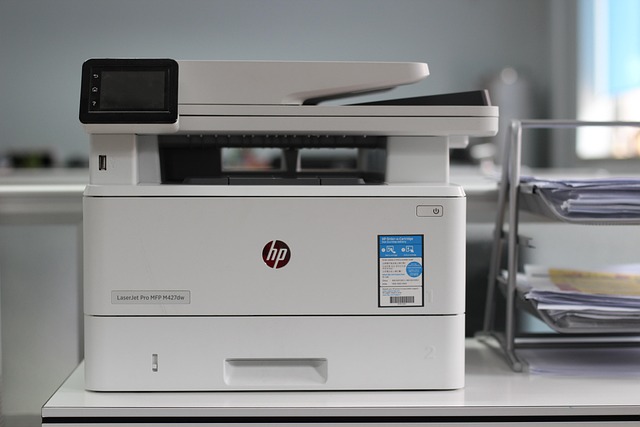
Securing Your Systems: A Comprehensive Guide to Vulnerability Scanner Software in IT
Understanding Vulnerability Scanner Software
In today’s rapidly evolving digital landscape, where threats loom around every corner, the importance of securing your systems cannot be overstated. One of the most effective tools in the arsenal of IT professionals is vulnerability scanner software. This essential resource not only identifies weaknesses in your systems but also helps safeguard invaluable data, ensuring that your organization remains resilient against cyber threats.
The Role of Vulnerability Scanner Software in IT
The primary function of vulnerability scanner software is to assess both hardware and software for potential vulnerabilities that malicious actors might exploit. These tools systematically scan your network, applications, and configurations to detect security flaws. By automating the discovery process, IT teams can focus on remediation rather than spending countless hours manually sifting through systems.
How Vulnerability Scanning Works
Vulnerability scanners operate through a series of steps designed to deliver a comprehensive analysis of your IT environment:
- Discovery: Scanners begin by identifying live hosts on the network and mapping out the infrastructure.
- Assessment: Once assets are identified, the scanner checks for known vulnerabilities using a database of threats and exploits.
- Reporting: After the scan is complete, the software generates reports detailing discovered vulnerabilities and offering remediation recommendations.
The Benefits of Using Vulnerability Scanner Software
Implementing vulnerability scanner software provides several significant advantages:
- Proactive Security: By routinely scanning systems, organizations can identify and resolve vulnerabilities before they are exploited.
- Compliance: Many industries are governed by regulations that require regular security assessments. Scanning helps ensure compliance with standards such as PCI DSS, HIPAA, and GDPR.
- Cost-Efficiency: Addressing vulnerabilities early is often far less expensive than dealing with the aftermath of a data breach.
Choosing the Right Vulnerability Scanner Software
Selecting the appropriate vulnerability scanner software for your organization is crucial. Consider the following factors:
- Compatibility: Ensure the scanner is compatible with your existing IT infrastructure, including hardware, operating systems, and applications.
- User Experience: An intuitive interface reduces the learning curve and increases user efficiency.
- Support and Updates: Choose software from a vendor that offers reliable support and regularly updates their vulnerability database to address new threats.
Integrating Vulnerability Scanning into Your Security Strategy
For maximum effectiveness, integrate vulnerability scanner software into your broader security strategy. This includes establishing a routine scanning schedule, training staff on security best practices, and fostering a culture of cybersecurity awareness within your organization. Combining automated scanning with manual reviews can help create a multi-layered defense system.
As the landscape of IT evolves, staying ahead of vulnerabilities becomes increasingly essential. Embracing vulnerability scanner software not only improves your security posture but also instills confidence among stakeholders, knowing their data is well protected.



